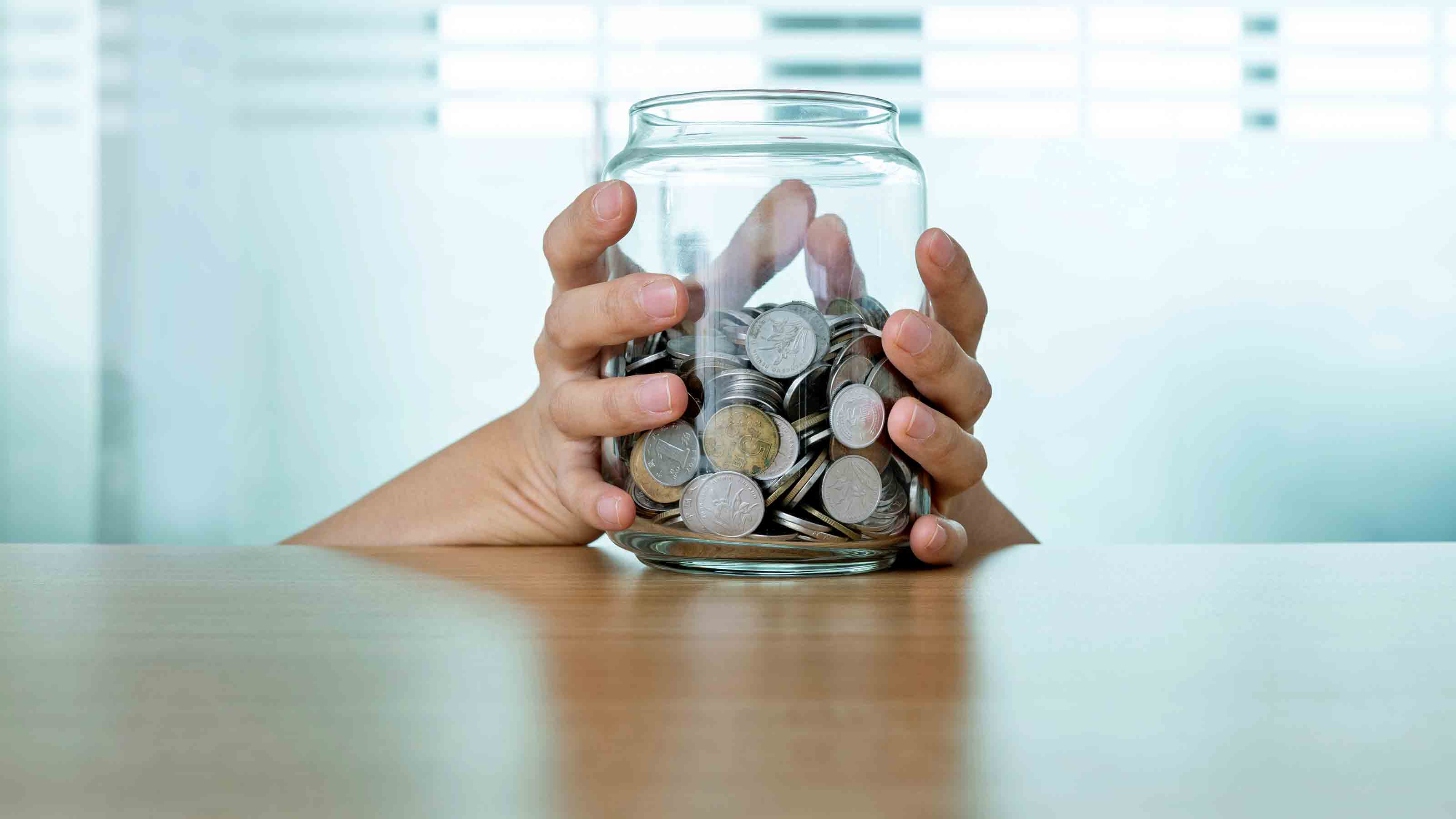What to Sell -- and Not to Sell -- at Consignment Shops
Here's what you need to know about selling furniture and other items at consignment stores.

An easy way to make a little extra money is to sell furniture and home accessories you no longer want or need at a consignment store. You might not make as much as you would selling the items on your own because consignment stores typically split the profit 50/50. But it can be safer than selling through the classifieds or Craigslist (strangers won’t be coming to your house). And the consignment shop handles all the marketing, so you don’t have to be a salesman. Plus, some stores will actually pick up items from your home.
Before you start gathering items to take to a consignment store, it’s important to know what sells well and what doesn’t. You don’t want to waste your time cleaning and repairing things a consignment store won’t even take or that will be priced so low that it would’ve been better just to donate them to a charity.
What sells best
Upholstered items. Solid-color sofas, sectionals and comfortable chairs are in demand, says Kellie Scott, owner of Divine Consign in Chicago. Sleeper sofas also are popular, says Will Morgan, owner of Remix Furniture Consignment in Nashville, Tenn. But don’t bother bringing in anything with patterned upholstery -- flowers, stripes and plaids won’t sell.
From just $107.88 $24.99 for Kiplinger Personal Finance
Become a smarter, better informed investor. Subscribe from just $107.88 $24.99, plus get up to 4 Special Issues

Sign up for Kiplinger’s Free Newsletters
Profit and prosper with the best of expert advice on investing, taxes, retirement, personal finance and more - straight to your e-mail.
Profit and prosper with the best of expert advice - straight to your e-mail.
Leather furniture. Leather sofas, chairs and other items always sell quickly and for a good price.
Wooden furniture. Wooden dressers and bookshelves are sought-after items. But people don’t want engineered wood furnishings, Morgan says.
Dining sets. Dining tables and chairs -- especially contemporary ones -- are good sellers, Scott says. The chairs, in particular, go quickly because people often need to replace broken ones they have at home. If you have a glass dining table you want to part with, you probably won’t find many takers. Morgan says that most people don’t want to have to deal with cleaning glass.
Buffet tables. These have become popular as stands for large, flat-screen TVs.
Midcentury modern furniture. Midcentury and retro items are hot, both Scott and Morgan say, but furniture from the late 1970s and 80s definitely is not.
Inexpensive, unframed modern art. Art can be hit or miss, Scott says. Pricey fine art that is framed usually doesn’t sell well. But large, modern pieces on canvas are popular.
Contemporary lamps. Newer lamp styles with shades in good condition sell well. Older lamps – unless they are midcentury modern – will just gather dust.
Unique items. Vintage pieces, garden tables and anything else that isn’t run-of-the-mill usually go quickly, Morgan says.
Accessories. Home accessories are Morgan’s biggest sellers. People don’t always have $300 to buy a sofa but they have $20 to get something interesting for their home, he says.
What doesn’t sell well
TV armoires. Scott says she can’t give these away. Both she and Morgan says that no one wants armoires anymore because today’s large-screen TVs don’t fit in them.
China and china cabinets. Scott says that she won’t even take china because there is no demand for it. Morgan says that if he does take china, it has to be a complete set that is contemporary. Considering that people aren’t buying china, there’s no demand for china cabinets, either.
Rugs. Scott says that people tend to think that rugs are worth a lot of money, but she rarely takes them because they’re difficult to get clean enough to sell. If you have a rug that is truly valuable, Scott says that you’re better off taking it to a rug dealer.
Brass items. Brass is out, so don’t bother trying to sell it on consignment.
Figurines. Sorry, but you probably won’t have any luck unloading those figurines you inherited from your grandmother at a consignment store. They just don’t sell.
To improve the chances your items sell for top dollar
Morgan says that most items at consignment stores are priced at about one-third of their original retail price. Usually stores will mark down items an additional 20% to 25% after a month, then another 40% to 50% after two or three months. If items don’t sell after several months, most stores will donate them to charity -- or ask you to come pick them up.
To guarantee that your items sell quickly for top dollar, clean them well before you take them to the consignment store. This alone can boost an item’s price by 25%, Morgan says. Replace or repair any broken hardware. Touch up any scratches or dings. “People don’t like things with issues,” Morgan says, “so fix it before you bring it in.” Scott also suggests getting as much information about an item -- when it was made, whether it’s an original or replica -- to help the store set a fair price for it.
Profit and prosper with the best of Kiplinger's advice on investing, taxes, retirement, personal finance and much more. Delivered daily. Enter your email in the box and click Sign Me Up.

Award-winning journalist, speaker, family finance expert, and author of Mom and Dad, We Need to Talk.
Cameron Huddleston wrote the daily "Kip Tips" column for Kiplinger.com. She joined Kiplinger in 2001 after graduating from American University with an MA in economic journalism.
-
 5 Types of Gifts the IRS Won’t Tax: Even If They’re Big
5 Types of Gifts the IRS Won’t Tax: Even If They’re BigGift Tax Several categories of gifts don’t count toward annual gift tax limits. Here's what you need to know.
-
 The 'Scrooge' Strategy: How to Turn Your Old Junk Into a Tax Deduction
The 'Scrooge' Strategy: How to Turn Your Old Junk Into a Tax DeductionTax Deductions We break down the IRS rules for non-cash charitable contributions. Plus, here's a handy checklist before you donate to charity this year.
-
 IRS Says You Made a Tax Return Mistake? A New Law Could Help You Fight Back
IRS Says You Made a Tax Return Mistake? A New Law Could Help You Fight BackTax Law Updated taxpayer protections change what the IRS must explain on error notices and how long you have to respond.
-
 Five Ways to Save on Vacation Rental Properties
Five Ways to Save on Vacation Rental PropertiesTravel Use these strategies to pay less for an apartment, condo or house when you travel.
-
 How to Avoid Annoying Hotel Fees: Per Person, Parking and More
How to Avoid Annoying Hotel Fees: Per Person, Parking and MoreTravel Here's how to avoid extra charges and make sure you don't get stuck paying for amenities that you don't use.
-
 How to Appeal an Unexpected Medical Bill
How to Appeal an Unexpected Medical Billhealth insurance You may receive a bill because your insurance company denied a claim—but that doesn’t mean you have to pay it.
-
 Amazon Prime Fees Are Rising. Here’s How to Cancel Your Amazon Prime Membership
Amazon Prime Fees Are Rising. Here’s How to Cancel Your Amazon Prime MembershipFeature Amazon Prime will soon cost $139 a year, $180 for those who pay monthly. If you’re a subscriber, maybe it’s time to rethink your relationship. Here’s a step-by-step guide to canceling Prime.
-
 How to Haggle for Almost Anything
How to Haggle for Almost AnythingSmart Buying Learning how to haggle is an invaluable skill. These strategies will help you negotiate a better price for just about any product or service.
-
 Disability Insurance Can Provide COVID Coverage
Disability Insurance Can Provide COVID CoverageCoronavirus and Your Money If you are concerned about long-term complications from COVID-19, consider disability insurance coverage.
-
 21 Things You Can't Return to Amazon — Either Online or In-Store
21 Things You Can't Return to Amazon — Either Online or In-StoreDid you know there are things you can't return to Amazon? Before adding these 21 items to your cart, be sure to read Amazon's return policy first.
-
 How to Avoid a Charity Scam
How to Avoid a Charity Scampersonal finance Scammers never quit, even when you're trying to be altruistic. But you can avoid getting duped if you do your homework.